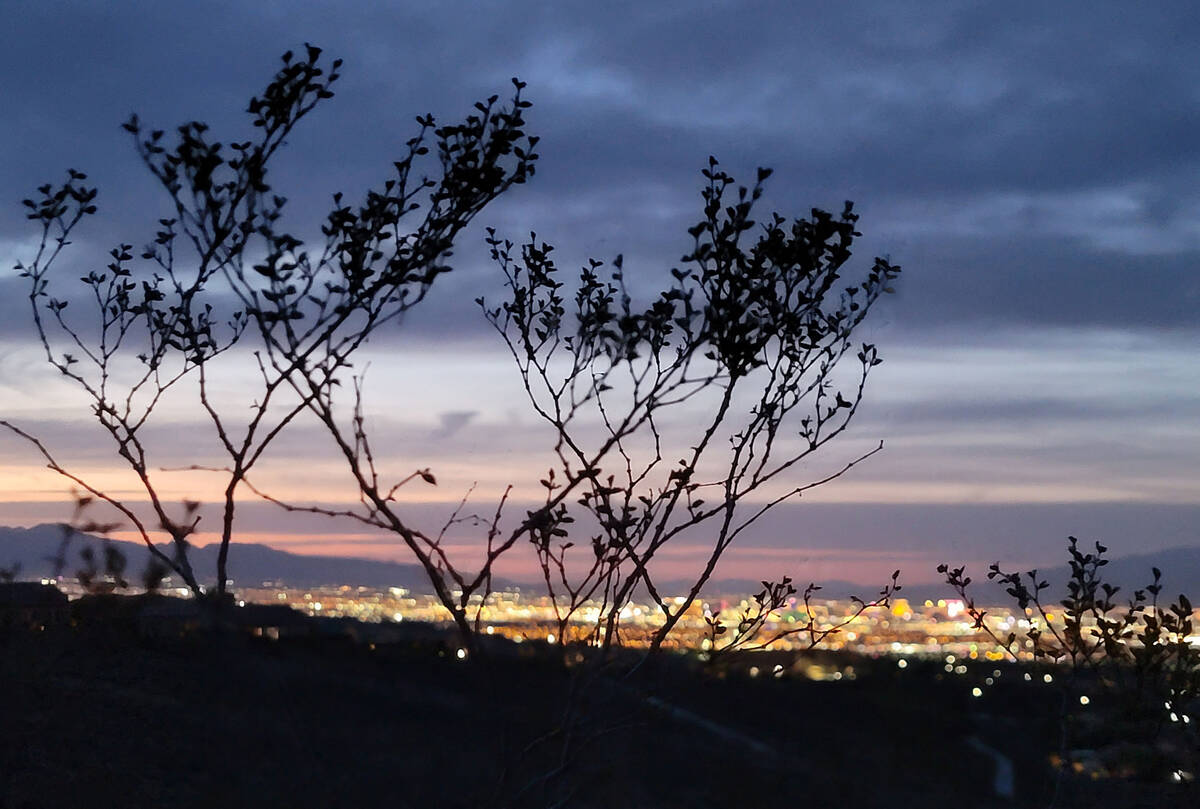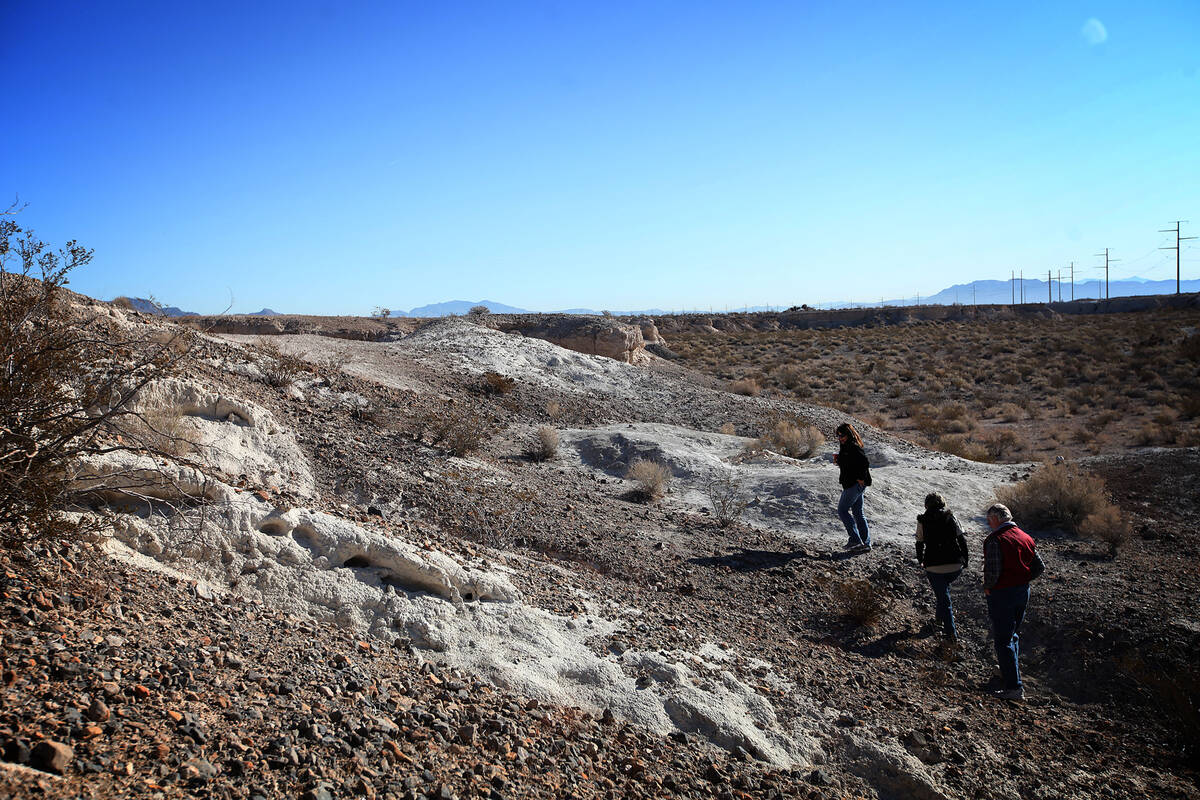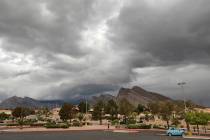‘A wonderland of wet’: How Tule Springs tells of Las Vegas’s damper past
Las Vegas is one of the hottest, driest cities across the U.S., and it’s only getting hotter and drier.
But it wasn’t always that way. Kathleen Springer and Jeff Pigati, researchers with the United States Geological Survey, are looking to the dirt in the Las Vegas valley to explore a different question: What was Las Vegas like when it was “a wonderland of wet?”
The research, which focuses heavily on Tule Springs Fossil Beds National Monument, can help us understand how these spring and wetland systems respond to moments of climate change and drought – something very they say is very applicable to the present.
“We’re looking at megadroughts in the past, and the only thing that is analogous to these centuries-long megadroughts … is what’s happening right now,” Springer said. “What do these ecosystems do in the face of that? That’s the question.”
A story of water
Most people see Las Vegas as a city of shining lights in a sprawling, arid desertscape. But Springer sees Las Vegas as a story of water.
For thousands of years, water flowed down from the Spring Mountains through the valley via a massive system of springs and streams, creating a lush, vibrant wetlands landscape full of giant animals like dire wolves, saber-toothed cats, mammoths, camels and more.
But at some point between 11,000 and 8,500 years ago, those springs all but stopped running, the start of the long-term aridification that would eventually dry the valley marshlands out into the desert we now call Las Vegas, Springer said.
The type of stream and wetland ecosystem that used to sprawl across Las Vegas is comparable to some current environments found in the west, and studying the rock formations left behind by those stream systems can help researchers see how those ecosystems have waxed and waned over time due to various climate shifts.
Fragile environment
In studying Las Vegas’s wet history, Pigati and Springer have realized just how fragile those types of marsh and stream-covered landscapes are.
“They respond to climate change as fast as we can radiocarbon date,” Pigati said. “Usually you can look at that change over the course of a few decades using geochemistry. But these climates respond faster than they are currently able to date the change.”
And in the case of the Las Vegas Valley, that rapid collapse of the wetland ecosystem came long before human-made pressures on water supplies, like groundwater pumping, which could exacerbate declines.
“Las Vegas is the poster child for the thesis that we have figured out. That these types of systems, these streams and wetlands in the valleys, are extremely susceptible to climate change,” Springer said.
Pigati and Springer are able to understand Las Vegas’s geographic history thanks to a particular type of limestone called tufa, which forms in these types of spring systems.
The tufa found across the Las Vegas Valley, and which is especially prominent at Tule Springs northwest of town, is a bit different. Tufa that forms in streams is common in Europe but there’s been little study on that type, Springer said. Nothing on the scale of the tufa formations in and around Las Vegas has been found on this side of the Atlantic Ocean.
A handful of remnants of Las Vegas’s wet past still exist, like the Springs Preserve and the small spring at Corn Creek in the Desert National Wildlife Refuge. But Tule Springs, which was protected as a national monument in 2014, is an invaluable resource for geologists like Springer and Pigati, providing climate data dating back some 500,000 years.
“The monument preserves the geologic evidence for the past climates, past hydrologies,” Pigati said. “If the monument hadn’t been created, that’s all gone.”
Springer and Pigati said they are hoping to have their research out and available for peer-review by next spring.
Contact Colton Lochhead at clochhead@reviewjournal.com. Follow @ColtonLochhead on Twitter.






























